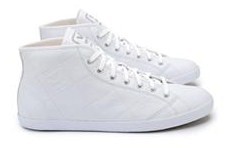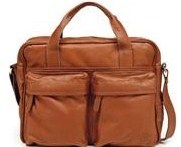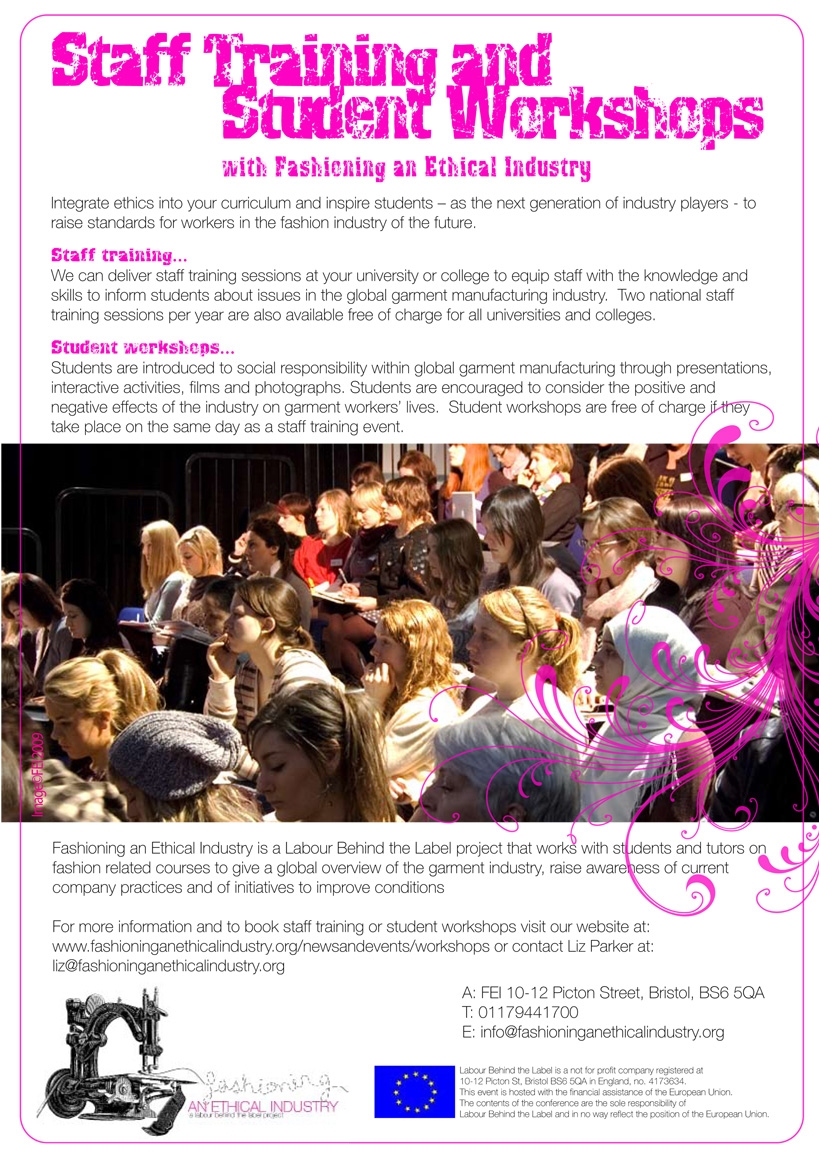
There has been a lot of attention given to the use of chemicals used in textile and apparel production in the past. We have heard of pesticides in cotton farming, dyeing and the finishing treatment of jeans. Many retailers have responded to the pressure from NGOs as well as consumers, and the use of organic cotton has grown exponentially since 2006.
There was only a matter of time before the footwear industry would have to take responsibility for the production of shoes. There are many components in a shoe which have been an excuse many footwear retailers have used to avoid the subject. However, large brands like NIKE and Timberland have showed that it is possible to exclude and replace certain chemicals to make safer products.
On September 14th 2009 the Swedish Society for Nature Conservation published the report ” Chemicals Up Close – plastic shoes from all over the world” where 27 plastic shoes purchased in 7 different countries were tested for hazardous chemicals such as phthalates, heavy metals and tin organic compounds. There was found traces of all in most of the tested shoes.
The damaging implications of these chemicals are large, both for people and the environment. Cancer, liver failure, skin allergies and burns have been identified among workers who are exposed to large amounts over time.
“The environmental toxins in the shoes can spread to people and to the environment as the shoes become worn. There is also a considerable risk of them affecting the people involved in the manufacture of the shoes, says Mikael Karlsson, President of the Swedish Society for Nature Conservation.”
You can find the report here.
The report refers to the new EU legislation on chemicals, REACH, where some of the tested chemicals are subject to be banned or restricted.
Source: Naturskyddsföreningen










